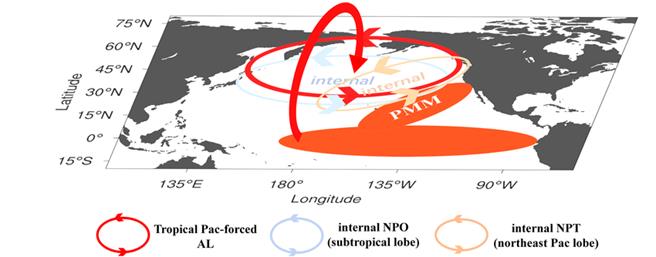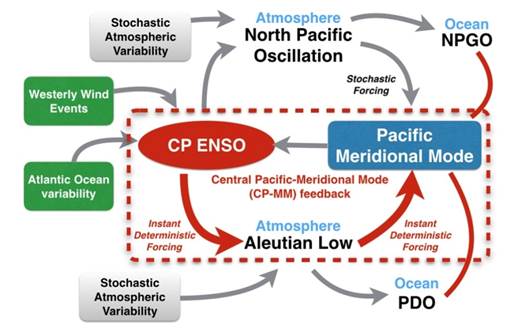Free Courses Sale ends Soon, Get It Now


Free Courses Sale ends Soon, Get It Now



Disclaimer: Copyright infringement not intended.
Context
Read all about Heat Waves here: https://www.iasgyan.in/rstv/heat-waves-and-climate-change
Pacific Meridional Mode (PMM)

PMM and ENSO
Heat waves, PMM and India: Background
Impact of PMM on India
Read:
ENSO: https://www.iasgyan.in/blogs/all-about-enso-and-mjo
https://www.iasgyan.in/daily-current-affairs/heat-waves-and-enso
© 2024 iasgyan. All right reserved